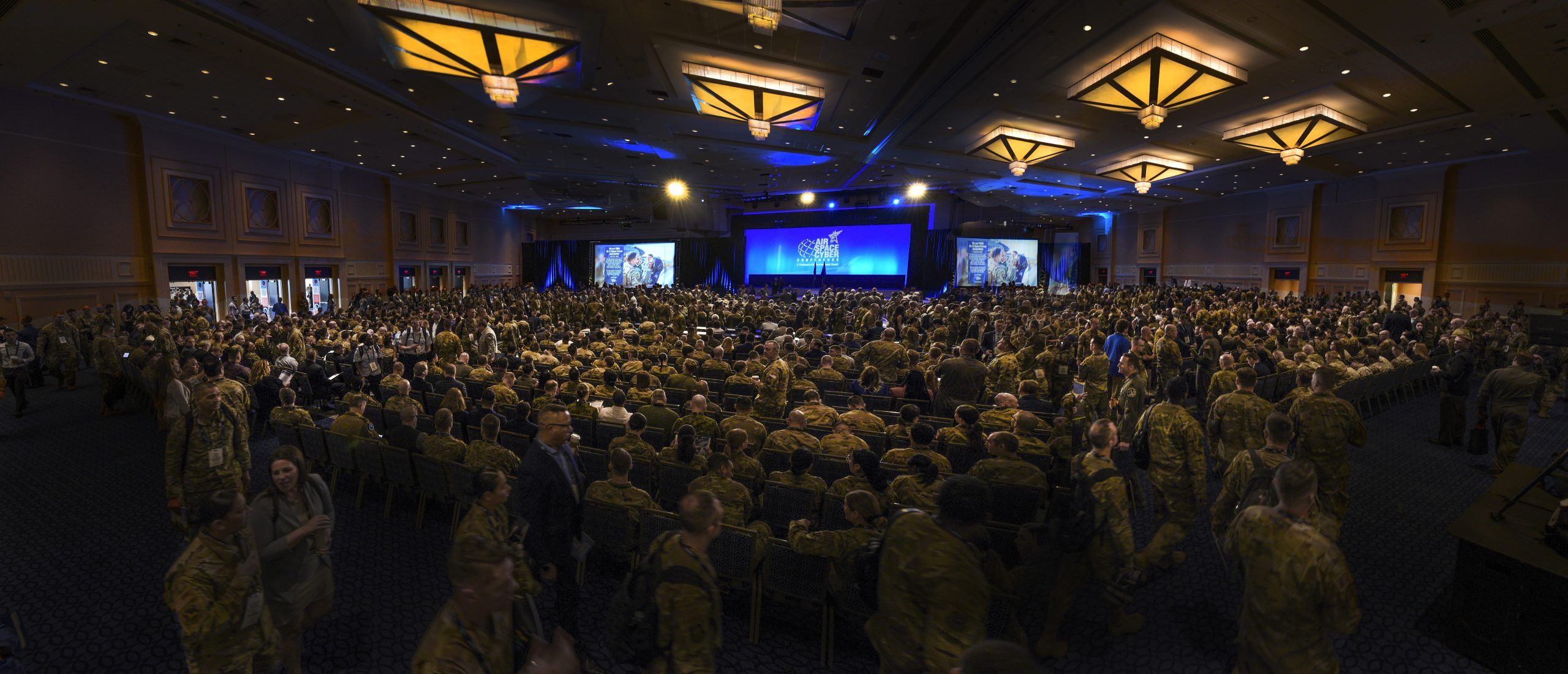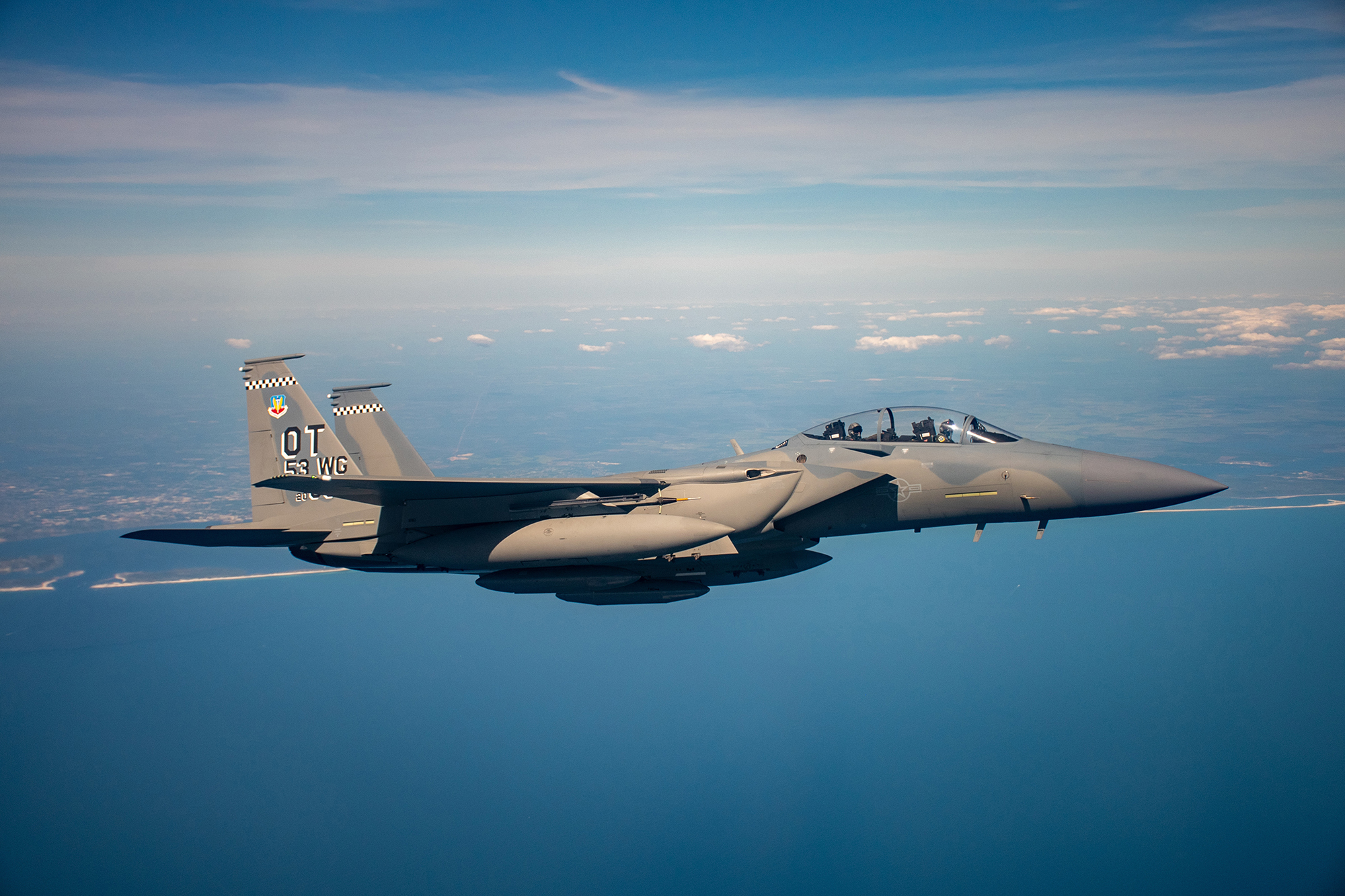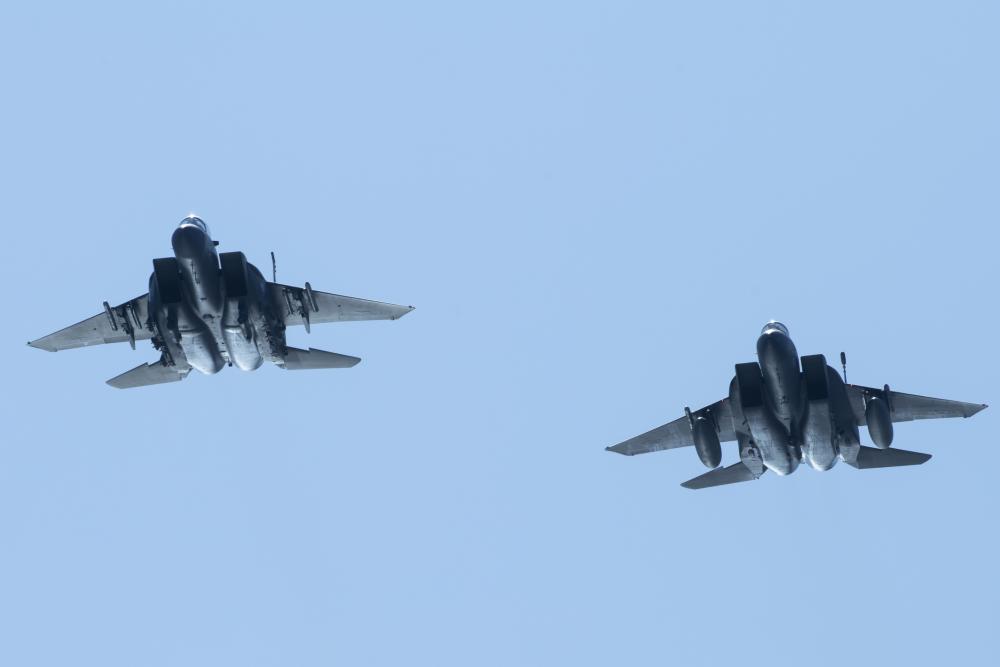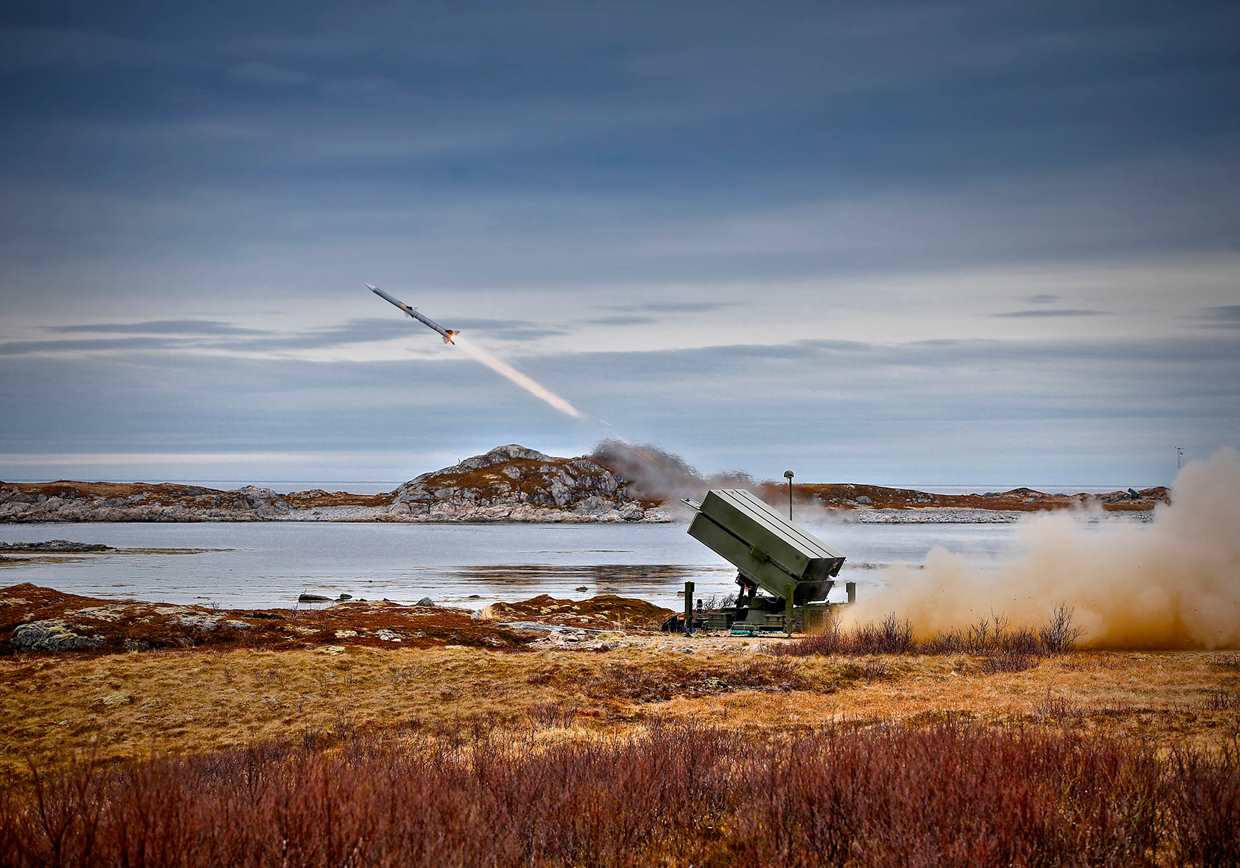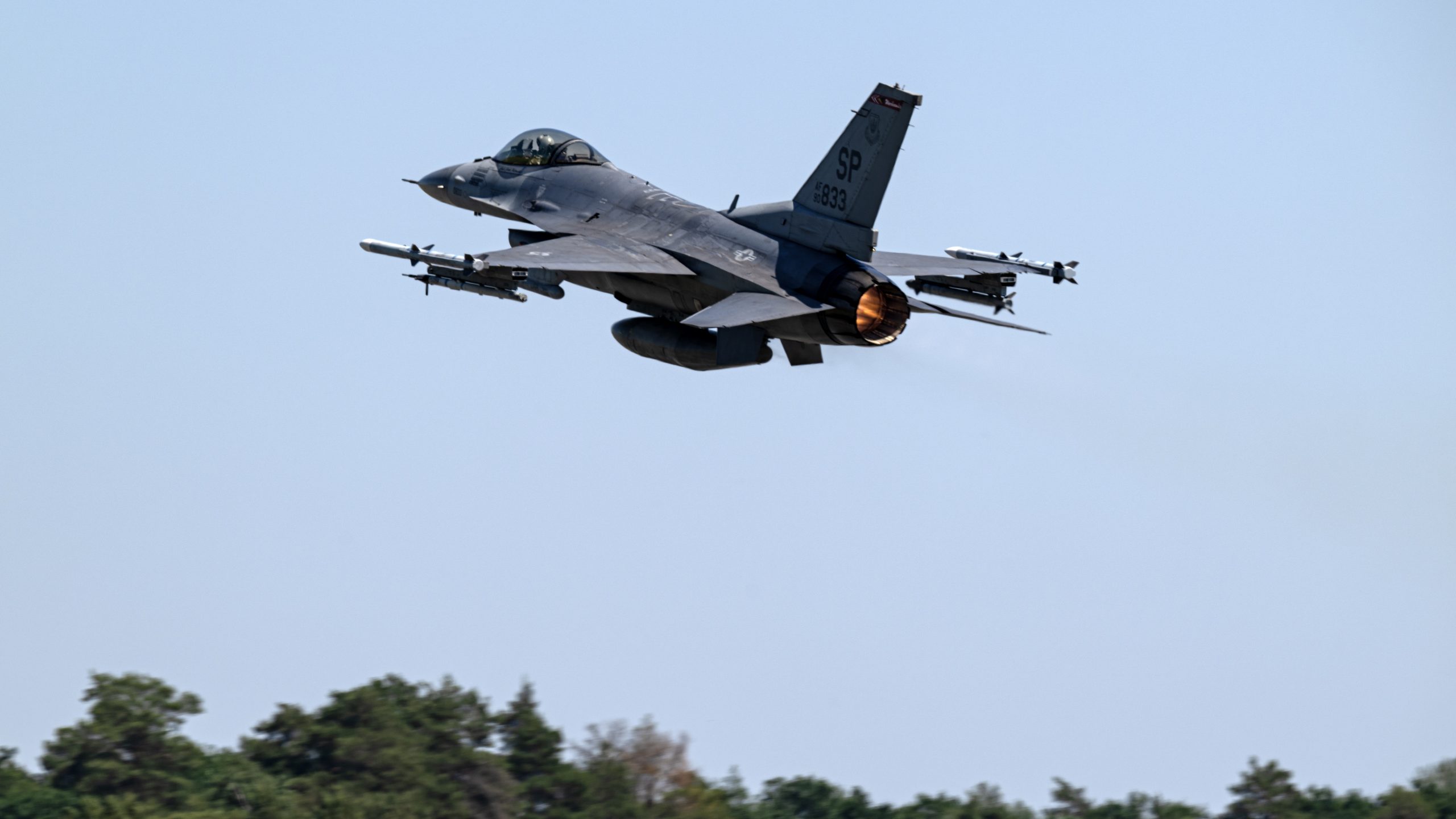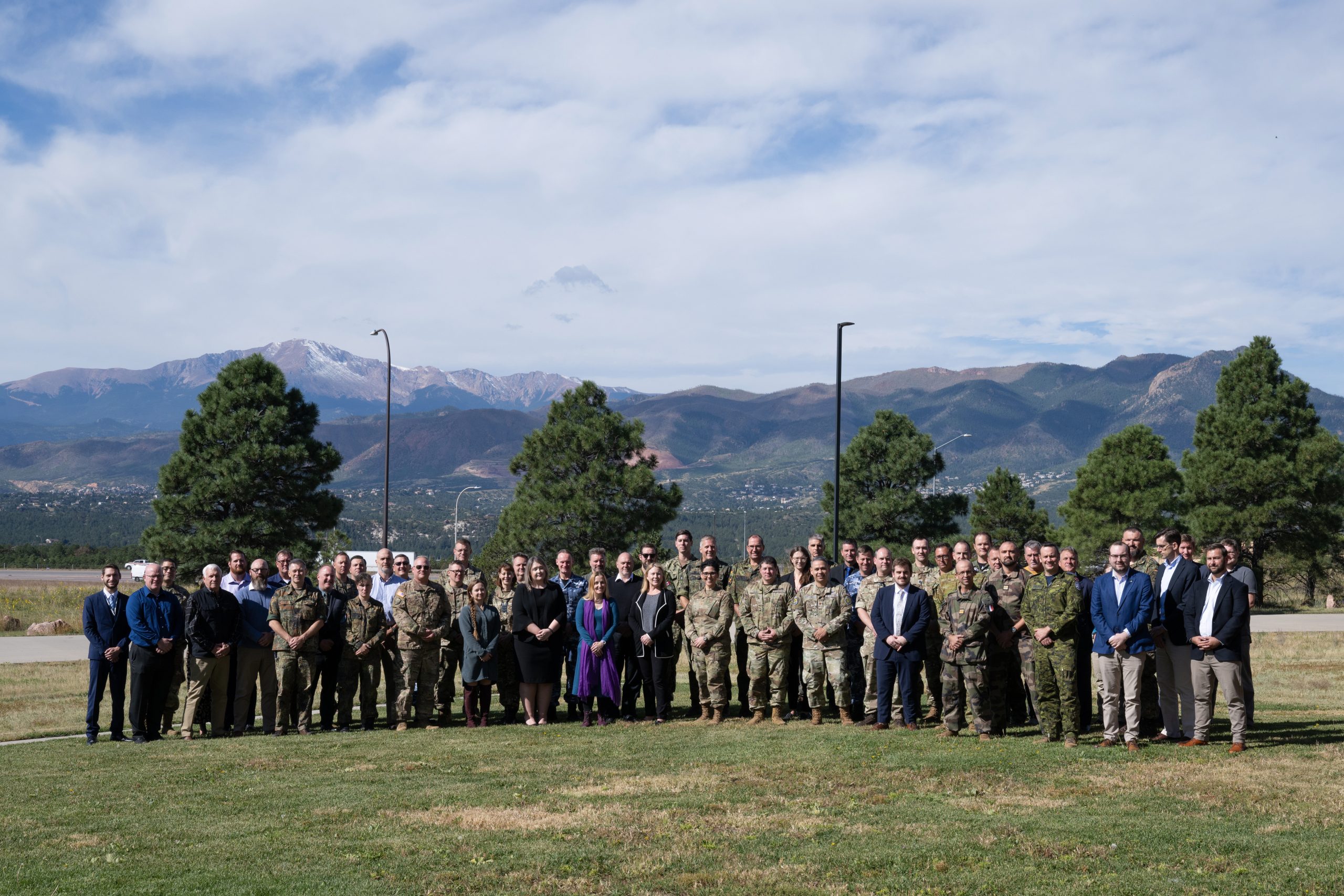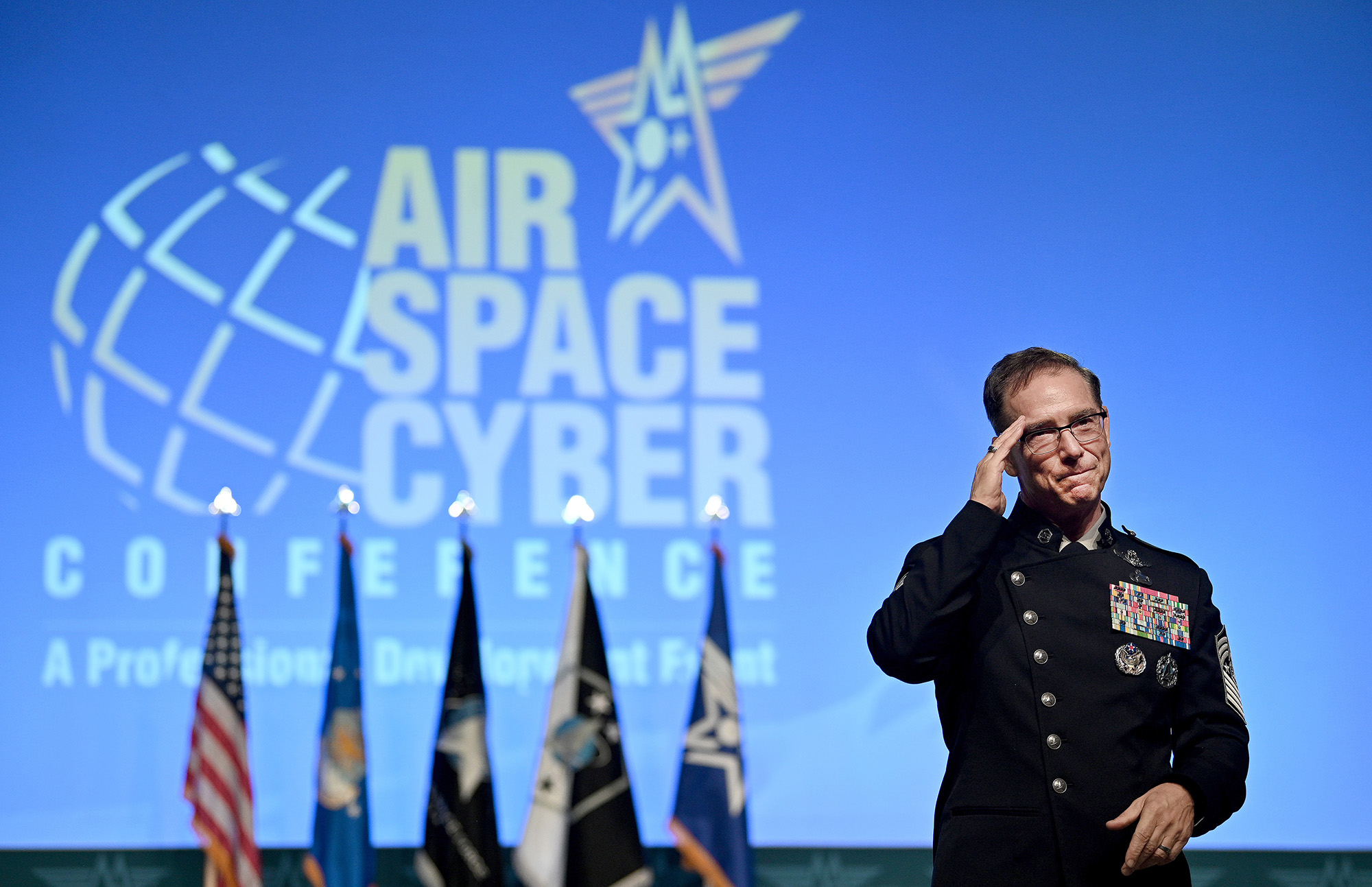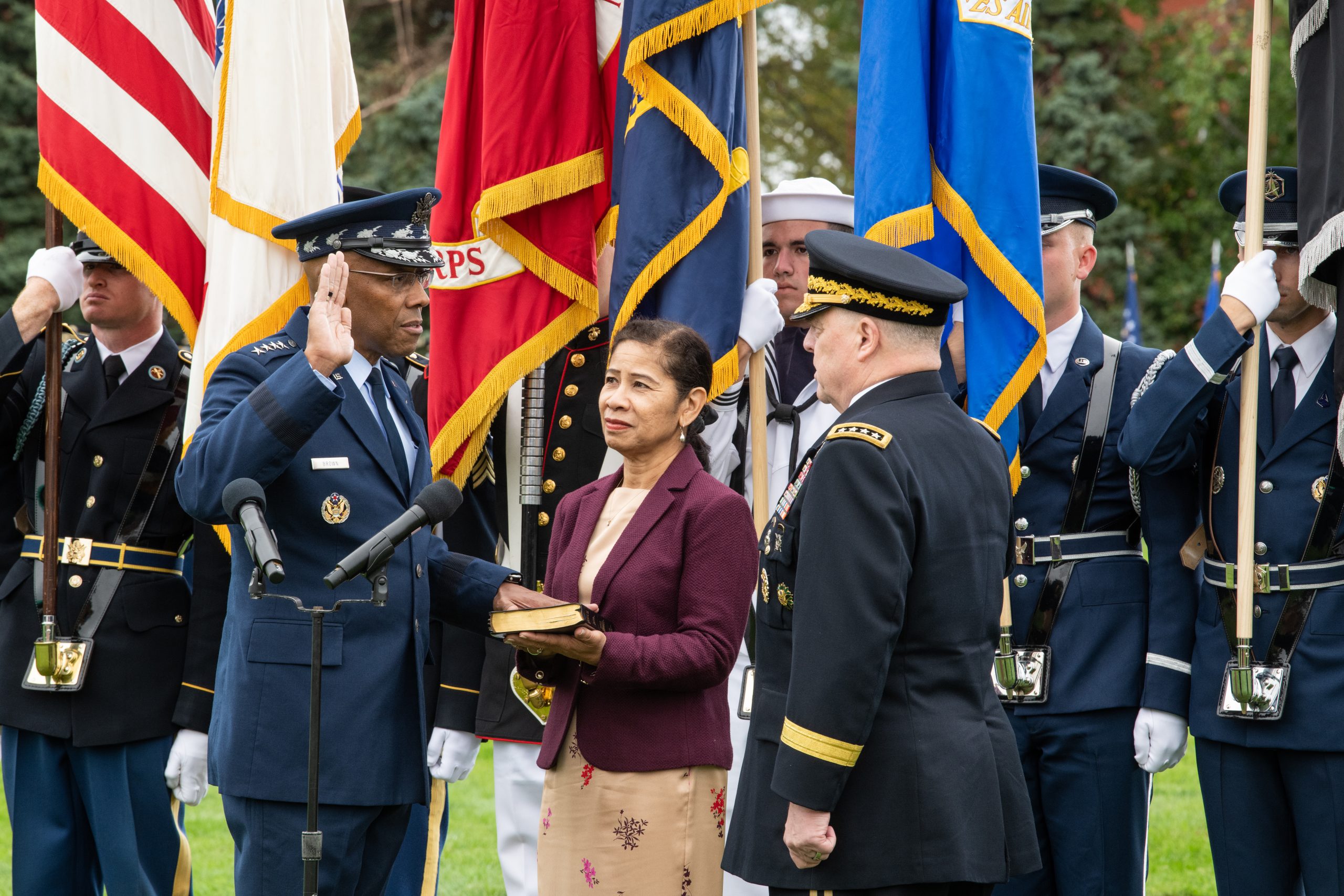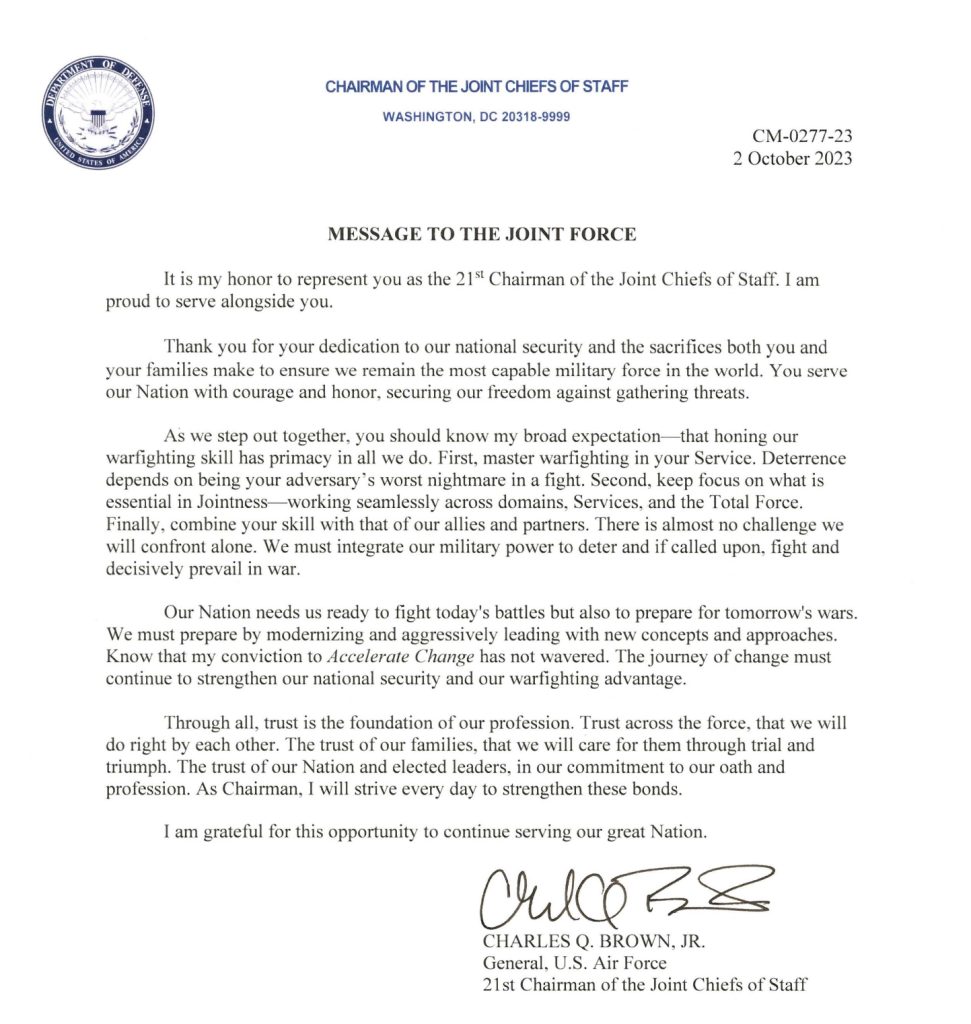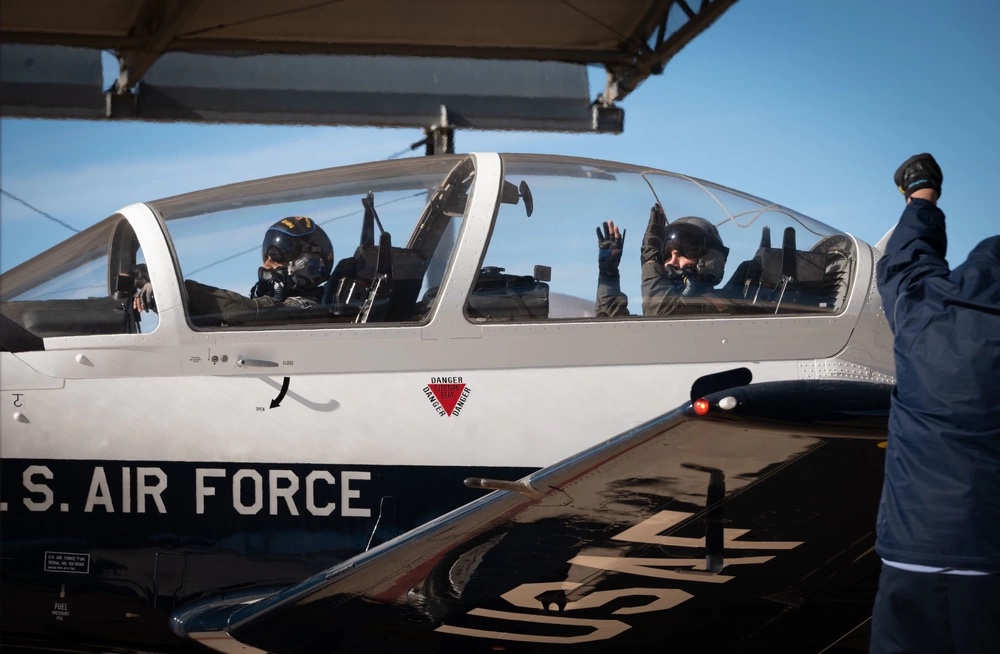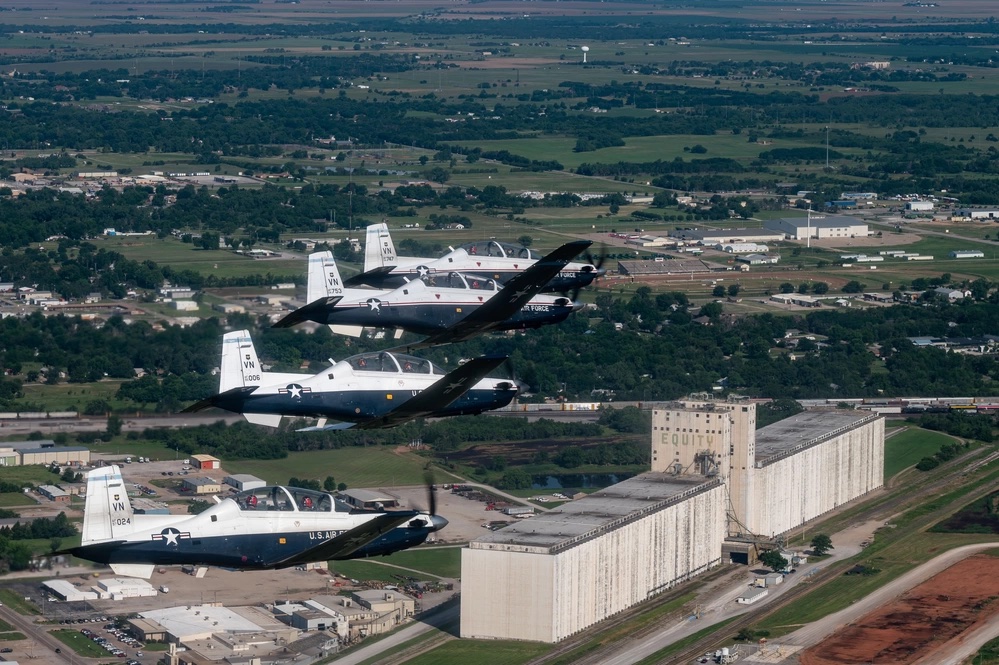More than 18,000 Airmen, Guardians, industry leaders, civilians, and more gathered in National Harbor, Md., from Sept. 11-13 for AFA’s Air, Space & Cyber Conference. Over those three days, AFA captured every keynote speech and panel discussion, 50 events in all, covering everything from military families to electronic warfare to the new B-21 Raider bomber.
Find video and text transcripts of the keynote addresses by top Air Force and Space Force leaders here:
- Secretary of the Air Force Frank Kendall
- Chief of Staff of the Air Force Gen. Charles Q. Brown Jr.
- Chief of Space Operations Gen. B. Chance Saltzman
- Chief Master Sergeant of the Air Force JoAnne S. Bass
- Chief Master Sergeant of the Space Force Roger A. Towberman
In addition, video and transcripts for every session are now posted on AFA’s official conference page.
All of Air & Space Forces Magazine’s comprehensive coverage of the conference is compiled here, and in the October 2023 edition, to be released Oct. 7 here.
